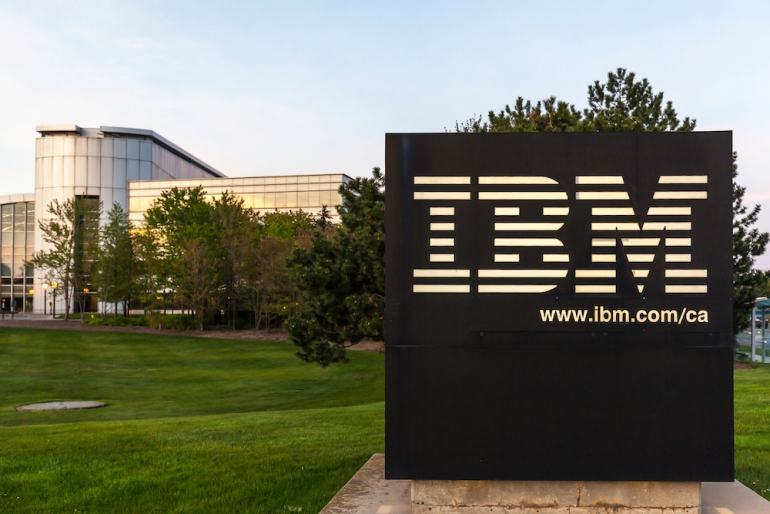Technology developed for IBM Watson trickles down into consumer projects for IBM partners.

IBM has announced three new libraries in its “embeddable AI” product book, with the goal of bringing the power of AI from the cloud to the edge more easily and seamlessly.
Remember IBM Watson? The darling of trade shows a handful of years ago is now trickling down to commercial applications more broadly. By reverse-engineering the Watson AI engine, IBM can bring its AI solutions to a variety of scales and use cases organizations might need. Their capabilities can stretch to a mobile device or to the remote location served by an edge server.
SEE: Artificial Intelligence Ethics Policy (TechRepublic Premium)
“The pace of AI innovation that we’re seeing across the industry is incredibly rapid. Our partners want to be able to build new features and solutions with cutting-edge AI, but the skills, time, cost and infrastructure required to build AI models from scratch isn’t something most organizations have the ability to support,” Sriram Raghavan, vice president of IBM Research AI, told TechRepublic.
By combining IBM Research’s work with open-source technology, software vendors and their development teams will have the flexibility to run AI from on-premises to at the edge, Raghavan said.
Three new IBM libraries
All three libraries will be available for IBM Ecosystem partners. They provide an easier roadmap to building natural language processing, speech to text and text to speech capabilities using AI into applications across any hybrid, multicloud environment.
Exporting the same libraries that power IBM Watson products should, IBM says, accelerate AI projects that would otherwise require much more people power in terms of building machine learning and AI models from scratch. Ideally, the system will provide a bridge for organizations when they struggle to find skilled workers with AI experience.
With IBM Watson Natural Language Processing, developers can teach AI to read sentiment, intent, meaning and context from human language. The IBM Watson Speech to Text library takes this to the next step with the ability to perform fast, accurate speech transcription for customer service applications. Finally, IBM Watson Text to Speech converts written text into natural spoken words for a variety of languages and voices.
“Through these new libraries, we are giving our [independent software vendor] partners and their development teams an easier way to build and scale AI solutions with pre-trained models and runtime orchestration — providing a ramp to more powerful AI,” said Raghavan.
IBM’s AI partnerships
These aren’t the first products IBM spun out of its internal work on Watson. Applications like IBM Watson Assistant, Maximo Visual Inspection and IBM Watson Discovery, an AI-powered business content analysis tool, all come from the same family tree.
IBM has also gotten its AI partnerships business down to a science. Partner organizations use their AI for marketing, customer interactions and investment plans. The tech giant is also shuffling around the way it offers training and skilling, opening up internal badges and selling enablement materials to partners. More and more organizations are working on balancing the needs of human employees with letting technology like AI leap skills gaps.
“Helping our clients integrate and use capabilities such as sentiment analysis will be invaluable in driving real time analytics to help them better understand, engage and serve their customers,” said Yatharth Gupta, senior vice president of products at SingleStore, an IBM Watson Natural Language Processing partner, in a press release.
For more on AI products, check out how to nail data preparation for machine learning, what business leaders think of AI, and our AI software products guide.
